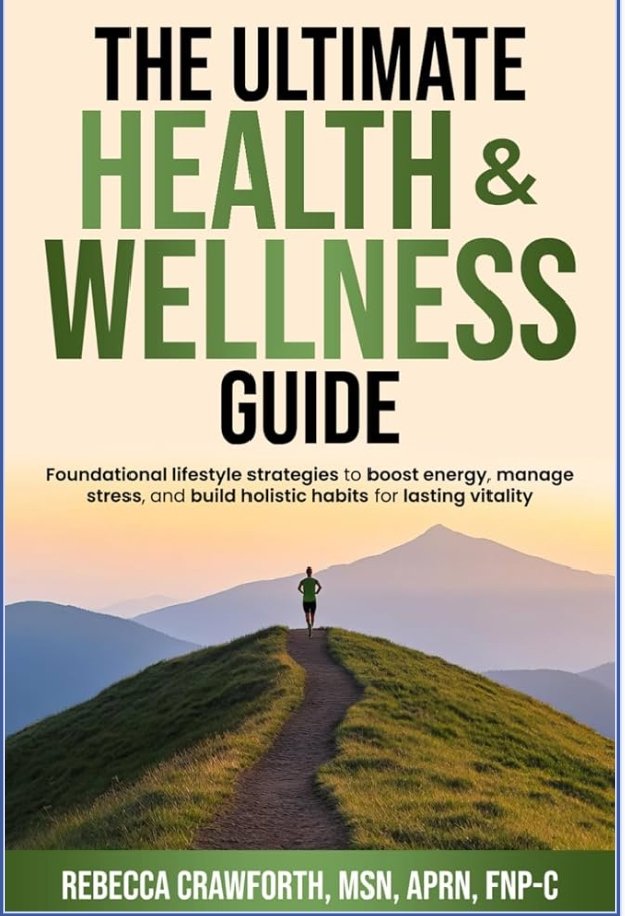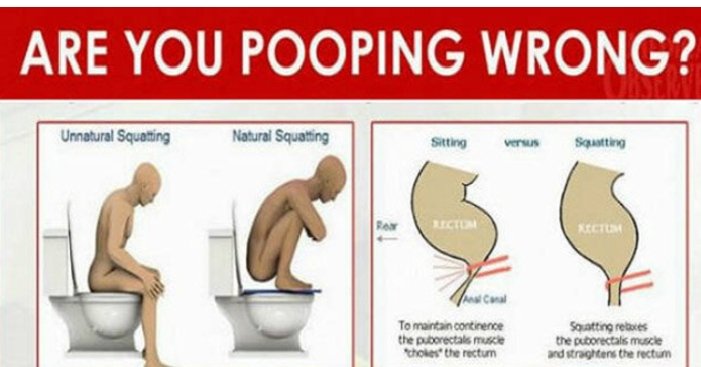Introduction: Embarking on Your Wellness Journey
In today’s fast-paced world, achieving lasting wellness seems like an elusive dream for many. However, with the right strategies, you can transform your health into a vibrant, sustainable reality. This ultimate guide serves as your roadmap to holistic well-being, covering everything from nutrition to mental resilience. By integrating these powerful principles, you’ll avoid the pitfalls of temporary fixes and embrace positive, long-term changes that enhance your quality of Health for Life.
Understanding wellness goes beyond mere physical fitness; it encompasses mental, emotional, and spiritual dimensions. Research shows that individuals who adopt a balanced approach experience reduced stress levels and increased longevity. Highlights include prioritizing self-care routines and setting realistic goals.
Key takeaway:
Consistency is crucial for lasting results.
As you dive into this guide, remember that small, daily actions compound over time. Whether you’re a beginner or seeking advanced tips, these insights will empower you to conquer health challenges and thrive. Prepare to unlock your potential for a healthier, happier life.
Also Read more: ultimate-guide-health-threetrees-com-vn
Section 1: The Foundations of Holistic Health
Holistic health emphasizes the interconnection of body, mind, and spirit for overall well-being. Unlike conventional medicine, which often treats symptoms in isolation, this approach addresses root causes to promote lasting vitality. By focusing on prevention rather than cure, you can avoid chronic illnesses and enjoy sustained energy.
Core elements include balanced nutrition, regular movement, and emotional balance. Studies indicate that holistic practices can reduce inflammation and boost immune function.
Highlights:
Incorporate mindfulness daily; track progress with journals; seek professional guidance when needed.
Building these foundations requires commitment but yields profound rewards. Start with self-assessment to identify areas for improvement, then implement gradual changes. This positive shift will empower you to lead a fulfilling life free from unnecessary health burdens.
220+ People Practicing Healthy Eating Habits Stock Illustrations, Royalty-Free Vector Graphics & Clip Art – iStock
Section 2: Nutrition for Vitality and Energy
Balanced nutrition is the cornerstone of lasting wellness, fueling your body with essential nutrients for optimal function. Avoid processed foods that lead to energy crashes and embrace whole foods rich in vitamins and minerals. This positive dietary shift can dramatically improve your health outcomes.
Key components include macronutrients like proteins, carbs, and fats, alongside micronutrients from fruits and vegetables. Research from nutritional experts highlights the benefits of a Mediterranean diet for heart health and longevity.
Highlights:
Aim for colorful plates; hydrate with infused water; monitor portion sizes.
Implementing these habits requires planning, such as meal prepping weekly. Over time, you’ll notice increased vitality and reduced fatigue, transforming your daily experience into one of vibrancy and strength.
Section 3: Superfoods to Supercharge Your Diet
Superfoods offer concentrated nutrients that elevate your wellness game. Incorporate items like berries, nuts, and leafy greens to combat oxidative stress and support immune health. Avoid overlooking these power-packed options for a more robust diet.
These foods are backed by science for their anti-inflammatory properties and ability to enhance cognitive function.
Highlights:
Add chia seeds to smoothies; snack on almonds; include kale in salads.
By making superfoods a staple, you’ll foster positive health changes that last, warding off diseases and boosting overall vitality.
Need a New Year’s exercise resolution? Here’s what the latest science says is optimal for health – ABC News
Section 4: Exercise Routines for Strength and Endurance
Regular exercise builds physical resilience, essential for lasting wellness. Choose activities you enjoy to avoid burnout and maintain consistency. Positive outcomes include improved mood and better cardiovascular health.
Mix cardio, strength training, and flexibility exercises for a well-rounded routine. Guidelines from health organizations recommend 150 minutes weekly.
Highlights:
Start with walking; incorporate weights twice a week; stretch daily.
Committing to this regimen will empower you to conquer physical challenges and enjoy a more active life.
Section 5: Cardiovascular Health Through Movement
Cardio exercises like running or cycling enhance heart function and endurance. Avoid sedentary lifestyles that increase disease risk; instead, embrace dynamic activities for positive heart health.
Benefits include lower blood pressure and improved circulation, as per recent studies.
Highlights:
Aim for zone 2 training; track heart rate; vary intensities.
Integrating cardio will lead to lasting improvements in stamina and overall wellness.
Techniques to Reduce Stress and Anxiety
Section 6: Mastering Mental Health
Mental health is pivotal for holistic wellness, influencing every aspect of life. Practice mindfulness to reduce anxiety and foster positive thinking. Avoid ignoring emotional signals that could lead to burnout.
Techniques like meditation and therapy are proven to enhance resilience.
Highlights:
Journal gratitude daily; seek support networks; limit screen time.
Cultivating mental strength ensures lasting emotional balance and joy.
Section 7: Stress Management Techniques
Effective stress management prevents chronic health issues. Use breathing exercises and hobbies to mitigate negative effects. Embrace positive coping mechanisms for better outcomes.
Research supports yoga and nature walks for stress reduction.
Highlights:
Practice 4-7-8 breathing; schedule downtime; prioritize tasks.
These strategies will help you maintain calm and achieve lasting peace.
Sleep: How Much You Need and How to Get It
Section 8: The Importance of Quality Sleep
Quality sleep restores the body and mind, crucial for wellness. Aim for 7-9 hours nightly to avoid fatigue and cognitive decline. Positive sleep habits enhance daily performance.
Create a conducive environment with routines like dimming lights.
Highlights:
Maintain consistent schedules; avoid caffeine late; use comfortable bedding.
Prioritizing sleep leads to vibrant energy and long-term health.
Section 9: Hydration and Its Role in Wellness
Proper hydration supports all bodily functions, from digestion to cognition. Dehydrate can lead to negative effects like headaches; stay positive by drinking adequate water.
Guidelines suggest 8 glasses daily, more with activity.
Highlights:
Infuse with fruits; set reminders; monitor urine color.
Consistent hydration fosters lasting vitality and clear thinking.
Section 10: Building Social Connections
Strong relationships boost emotional wellness and longevity. Avoid isolation by nurturing bonds. Positive interactions release feel-good hormones.
Engage in community activities or calls with loved ones.
Highlights:
Join clubs; express appreciation; listen actively.
These connections provide support for a fulfilling life.
What is Wellness? – Global Wellness Institute
Section 11: Preventive Health Measures
Preventive care detects issues early, promoting lasting health. Regular check-ups avoid severe complications. Positive habits like vaccinations protect against diseases.
Follow age-appropriate screenings.
Highlights:
Schedule annual exams; track family history; adopt healthy lifestyles.
This proactive approach ensures longevity and peace of mind.
Section 12: Mindfulness and Meditation Practices
Mindfulness cultivates presence, reducing stress. Daily practice avoids mental clutter and fosters positive awareness.
Techniques include guided sessions.
Highlights:
Start with 5 minutes; focus on breath; use apps.
Integration leads to clearer, calmer mindsets for wellness.
Section 13: Strategies for Healthy Aging
Healthy aging involves maintaining mobility and cognition. Avoid inactivity; embrace exercise and learning for positive aging.
Nutrient-dense diets support this.
Highlights:
Strength train; engage brain games; socialize.
These steps ensure vibrant senior years.
Section 14: Environmental Wellness Factors
Your surroundings impact health. Reduce toxins to avoid negative effects; create positive spaces.
Opt for green products.
Highlights:
Declutter home; spend time outdoors; use natural cleaners.
This enhances overall well-being.
Section 15: Nurturing Spiritual Health
Spiritual health provides purpose. Explore beliefs to avoid emptiness; find positive fulfillment.
Practices like prayer or nature walks help.
Highlights:
Reflect daily; join groups; practice forgiveness.
This dimension enriches life.
Section 16: Achieving Work-Life Balance
Balance prevents burnout. Set boundaries to avoid overwork; prioritize positive self-care.
Delegate tasks.
Highlights:
Schedule breaks; unplug after hours; pursue hobbies.
This sustains energy and happiness.
Section 17: Habit Building for Success
Effective habits drive wellness. Use cues to build positive routines; avoid triggers for bad ones.
Track progress.
Highlights:
Start small; reward efforts; review weekly.
Consistency yields lasting change.
Section 18: Common Mistakes to Avoid in Wellness
Avoid fad diets and overtraining for sustainable health. These negative choices lead to setbacks; choose positive, evidence-based methods.
Learn from errors.
Highlights:
Listen to the body; consult experts; be patient.
Sidestepping pitfalls accelerates progress.
Section 19: Case Studies of Wellness Transformations
Real stories inspire. Individuals overcoming obstacles through positive changes achieve lasting wellness.
Analyze successes.
Highlights:
Set goals; adapt strategies; celebrate wins.
These examples motivate your journey.
Section 20: The Future of Wellness and Conclusion
Emerging trends like tech integration promise enhanced wellness. Embrace innovations for positive futures; avoid stagnation.
Summarize key points.
Highlights:
Stay informed; adapt habits; commit long-term.
This guide empowers you for a healthy life.
FAQs
What is the best way to start a wellness journey?
Begin with small, manageable changes like daily walks and healthy meals. Assess your current state and set achievable goals.
How much exercise do I need for lasting health?
Aim for 150 minutes of moderate activity weekly, including strength training twice a week, as recommended by health experts.
Can diet alone achieve wellness?
No, wellness requires a holistic approach including exercise, sleep, and mental health practices alongside nutrition.
What if I slip up on my habits?
It’s normal; forgive yourself and resume. Consistency over perfection leads to lasting success.
How does stress affect wellness?
Chronic stress can lead to health issues; manage it with techniques like meditation for better outcomes.
Is wellness expensive?
Not necessarily; many practices like walking or home cooking are free or low-cost.
How to measure wellness progress?
Track metrics like energy levels, sleep quality, and mood through journals or apps.





